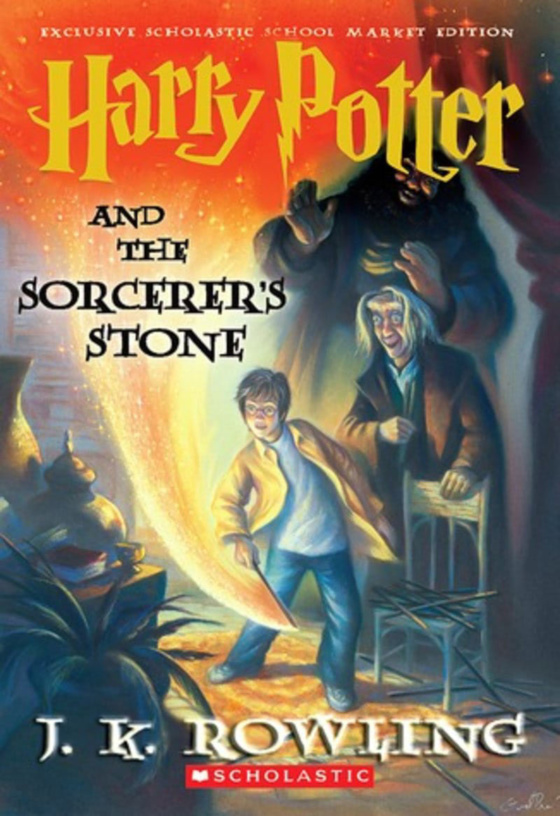

Ideally, as in something like “The English Patient” or “The Godfather,” a film will extend or even transcend the book’s emotional territory and bring a touch of cinematic poetry to the proceedings.


Copies don’t provoke passionate responses of either agony or ecstasy copies don’t leave much to object to or get excited about. Certainly “Harry Potter” has nothing in common with “The Sea Beast,” the 1926 version of “Moby-Dick” that gave Captain Ahab a last name and a girlfriend he comes home to after killing the white whale, a young woman who says, in the film’s most unforgettable line, “Why Ahab Ceeley, you’re crying.”īut copies, even ones as impressive as “Harry Potter,” can by definition only go so far. Inevitably, the result is a remarkably faithful copy of the book that treats the text like holy writ (hence its 2-hour-and-33-minute length.) From the gold in Gringotts, the safe-as-houses goblin-run bank, to the centaur lurking in the forbidden forest that adjoins Hogwarts School of Witchcraft and Wizardry, so much is presented just as written that “Harry Potter and the Sorcerer’s Stone” starts to resemble one of those fiendishly exact replicas of great works of art that Sunday painters can be seen working on in galleries of museums.įor those who remember the mincemeat Hollywood has made out of their favorite books, this fidelity has a lot going for it. MORE: Every ‘Harry Potter’ movie review » As screenwriter Steve Kloves told Vanity Fair, “I’d be lying if I said you’re not aware that you’re adapting the most beloved book in the world.” Like hulking NFL offensive linemen signed on to safeguard a valuable quarterback, every “Harry Potter” hire, from director Chris Columbus on down, was made with an eye toward ensuring that those hordes of fanatical fans weren’t disappointed. Rowling, whose books about a young boy’s quest to be the wizard he was meant to be have sold more than 110 million copies in 200 countries, the overriding mandate is to protect the franchise. When a studio is dealing with an author like J.K. has gotten just what it wanted, and that is simultaneously satisfying news and something of a disappointment. With “Harry Potter and the Sorcerer’s Stone,” Warner Bros. When you spend in the neighborhood of $125 million on the most widely anticipated literary adaptation since “Gone With the Wind,” you want to get what you paid for. The following review of “Harry Potter and the Sorcerer’s Stone” was first published on Nov.

From our archives, we’re resurfacing The Times’ original reviews of each “Harry Potter” film adaptation. Today marks the 20th anniversary of the first book in J.K.


 0 kommentar(er)
0 kommentar(er)
